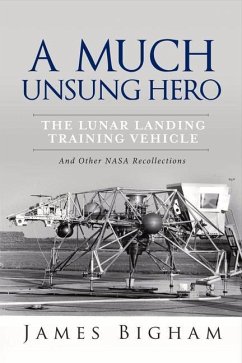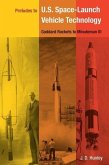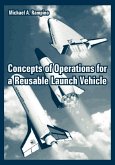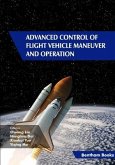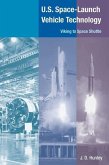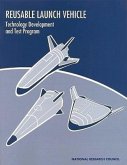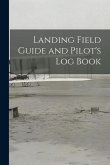Our nation's landing on the moon will certainly be recorded in history as one of mankind's great achievements. Initially there was a significant difference within NASA as to how the landing should be performed. Bob Gilruth, the Johnson Space Center's director (at the time the Manned Spacecraft Center), and particularly Chris Kraft, head of its Mission Operations, felt the landing should be fully automated with manual backup. The astronauts on the other hand were of one opinion that the Lunar Module's landing had to be manually flown by its pilot. This issue and its resolution is revealed in "A Much Unsung Hero". The title comes from Neil Armstrong's biography, "First Man" where astronaut Bill Anders is quoted as characterizing the Lunar Landing Training Vehicle as "a much unsung hero" of the Apollo Program. Given the moon's gravity, one sixth that of earth, and its lack of atmosphere, it was recognized this would result in a significant difference in the control characteristics of the Lunar Module compared to those on earth, and that the LM had to be of a vertical takeoff and landing (VTOL) design. This meant that to maneuver, the LM had to be tilted back and forth and/or side to side by its rocket-powered attitude control system. But because of the reduced gravity, the lift of its descent engine would be only about one-sixth of that on earth. This would result in a significant slower response that could lead dangerously to over control by the pilot. It was because of this, that led Gilruth and Kraft to believe the landing should be fully automated. They considered existing LM simulators to be sufficient training for the LM pilots. On the other hand, the astronauts recognized there had to be considerable uncertainty in any landing. Not only in the terrain, but also the accuracy and reliability of a computer-controlled touchdown. Although there were a number of LM simulators, none of the astronauts considered them of sufficient fidelity in which to train for a piloted lunar landing and touchdown. As a result, the astronauts insisted on the free-flying Lunar Landing Training Vehicle. Negotiations with Bell Aerospace for three LLTV's were initiated by JSC in late 1966. The first LLTV flight was made by AOD's chief, Joe Algranti, in October 1968, but, during his third test flight in December, Algranti lost control and had to eject. The accident review board found that even though all systems were working properly, at the speed and attitude Joe had achieved, the aerodynamic forces overpowered the vehicle's attitude control system.After Algranti's ejection, it was decided to transport an LLTV to the full scale wind tunnel at NASA's Langley Research Center, and the knowledge gained there allowed for changes in the vehicle's configuration that resulted in a highly successful flight test program. Neil Armstrong's training flights in the second LLTV were made in June 1969. After his successful lunar landing, he commented "The Lunar Module flew very much like the LLTV which I had flown more than 30 times at Ellington Air Force Base near the Space Center. I had made from 50 to 60 landings in the trainer, and it flew very much like those flown in practice. This, of course, gave me a good deal of confidence and a comfortable familiarity." He later said that if you rated the difficulty of his landing from one to ten, 10 being the most difficult, his landing rated a 13. All the LM pilots through Apollo 17, the last Apollo mission, trained in the LLTV. None ever had to eject from it and all piloted their Lunar Module to a successful lunar landing. "A Much Unsung Hero" reveals a little known project that almost didn't make it, but in the end proved critical to one of mankind's great achievements. The book also includes recollections about the development of the Shuttle Training Aircraft, four modified Gulfstream II executive aircraft used to train the astronauts in piloting the Space Shuttle Orbiter to an unpowered landin
Hinweis: Dieser Artikel kann nur an eine deutsche Lieferadresse ausgeliefert werden.
Hinweis: Dieser Artikel kann nur an eine deutsche Lieferadresse ausgeliefert werden.

